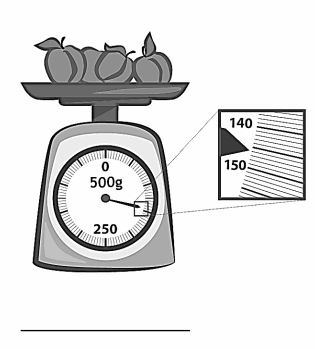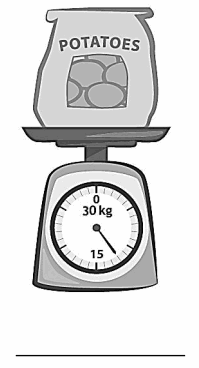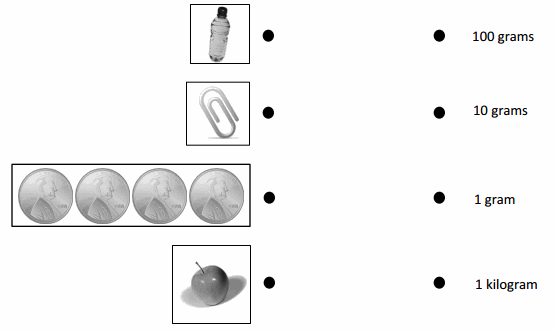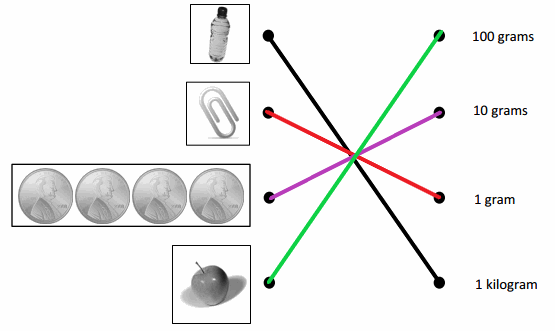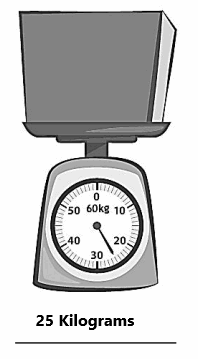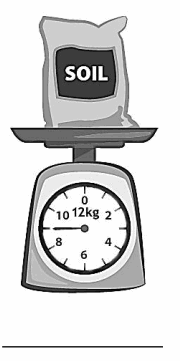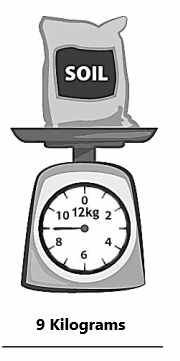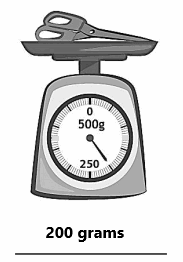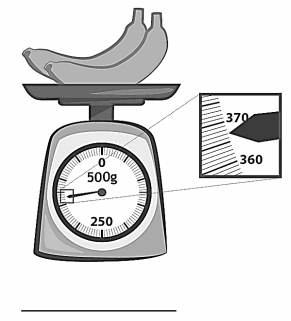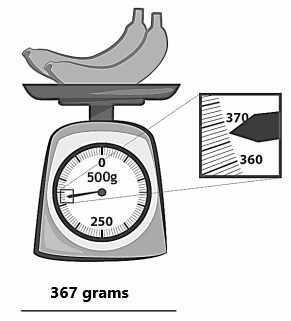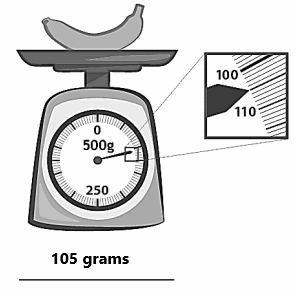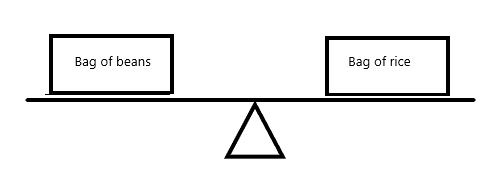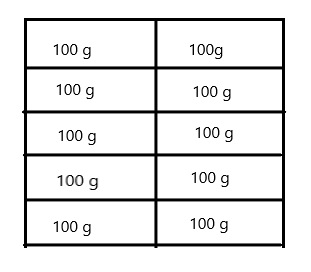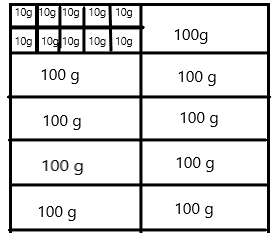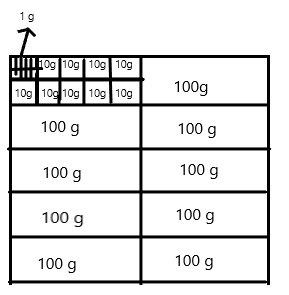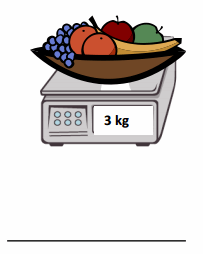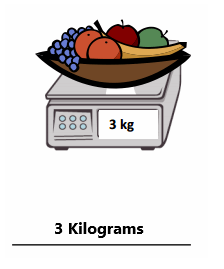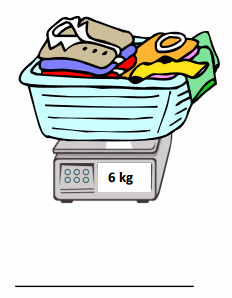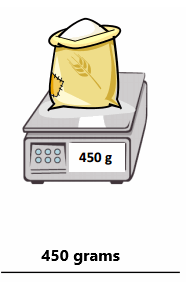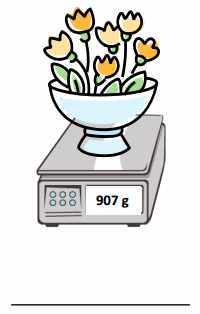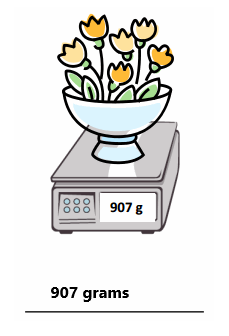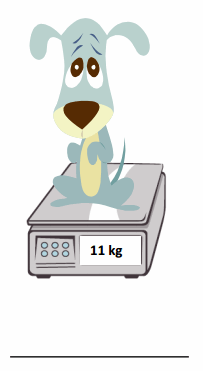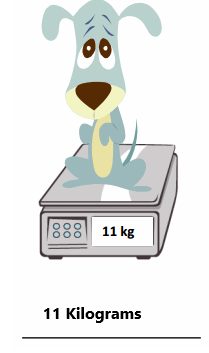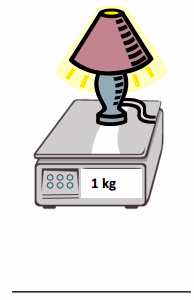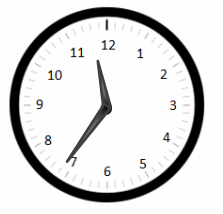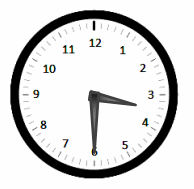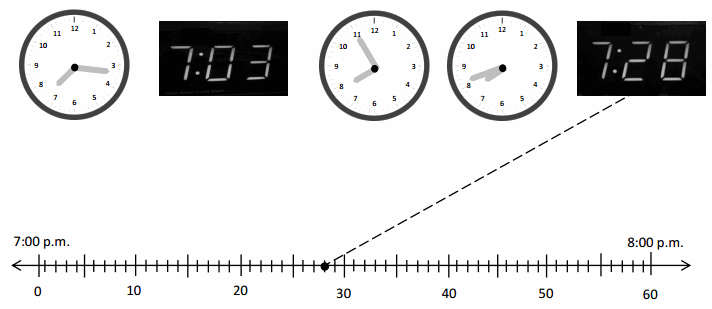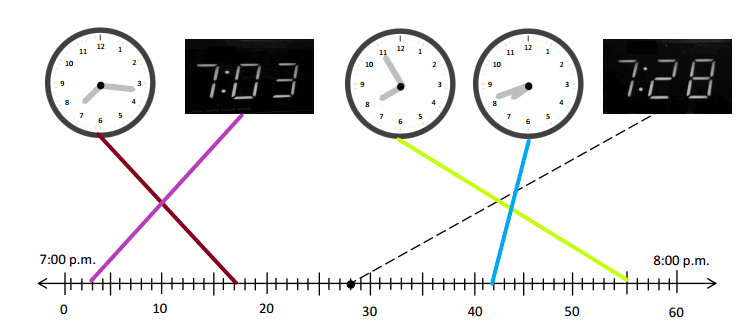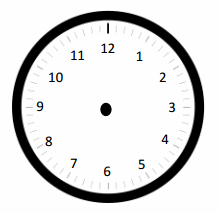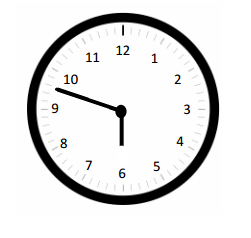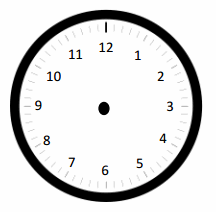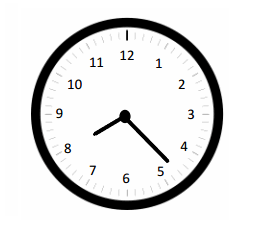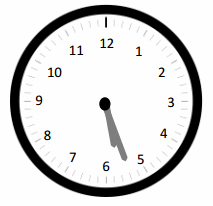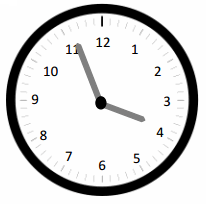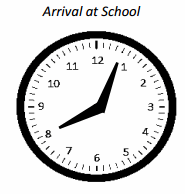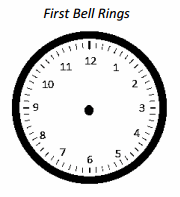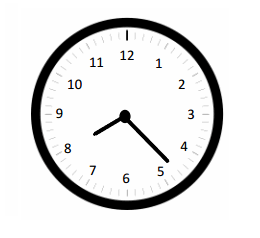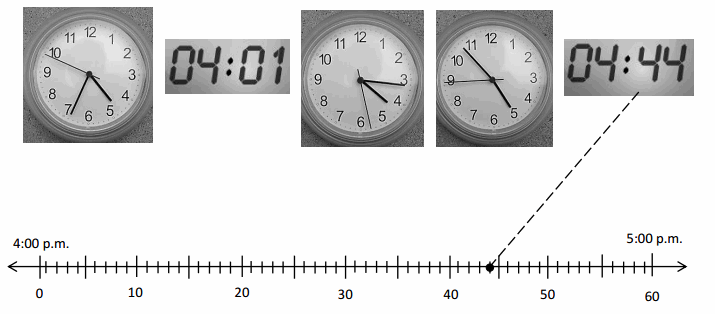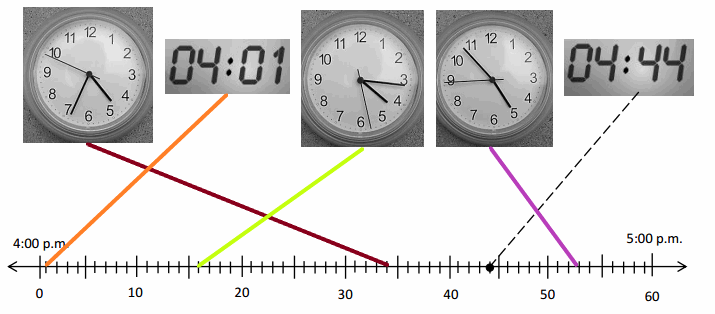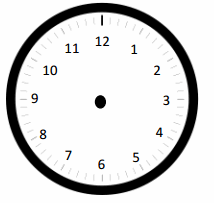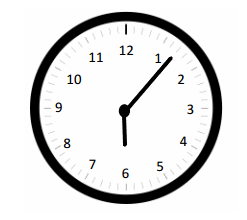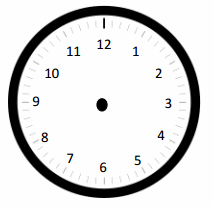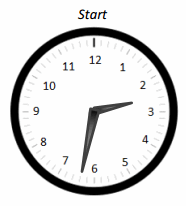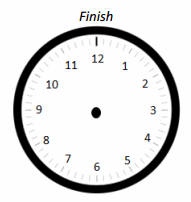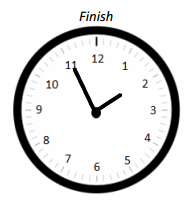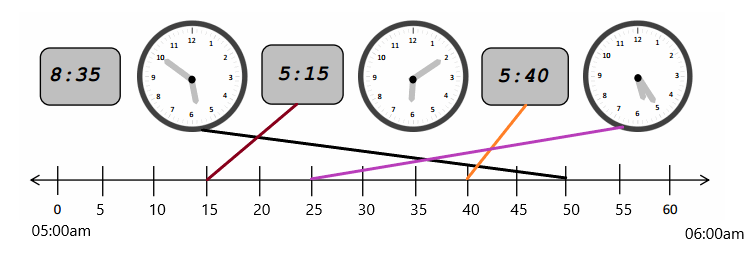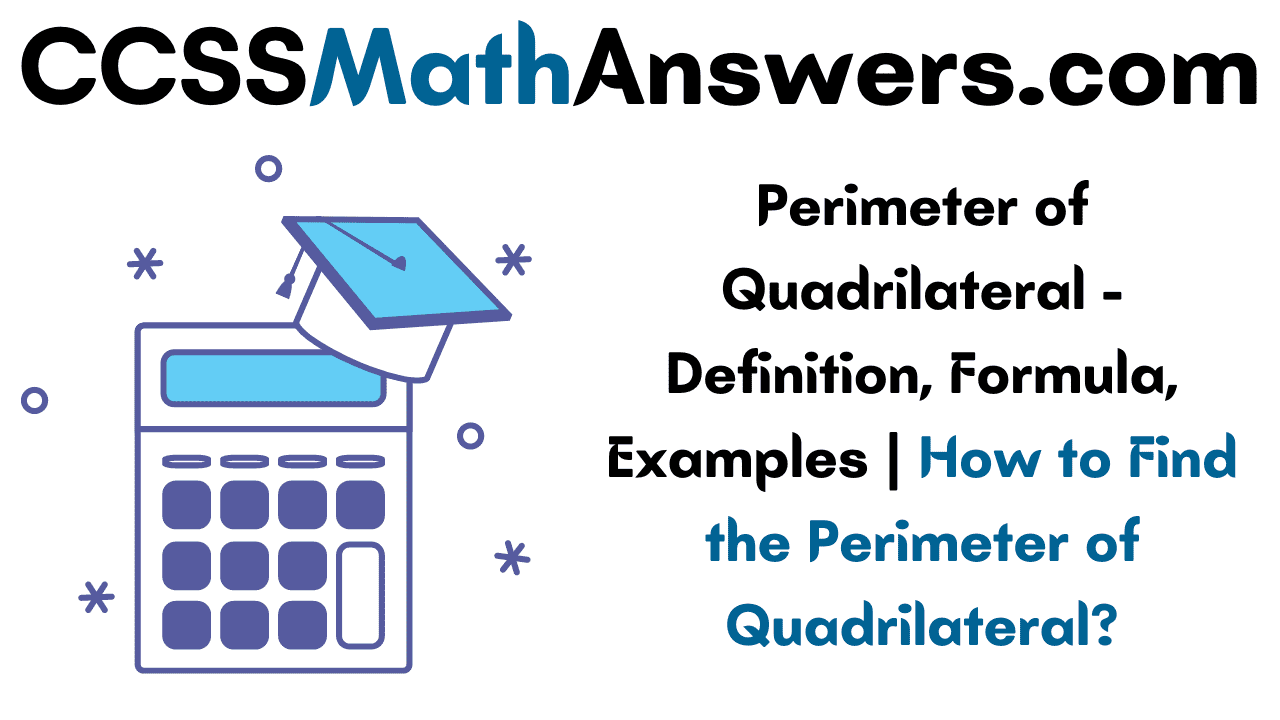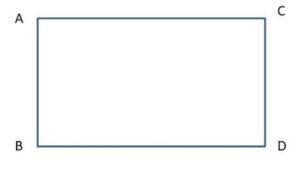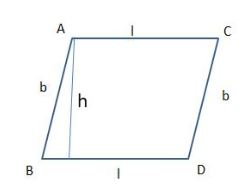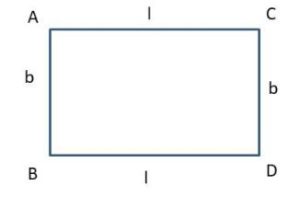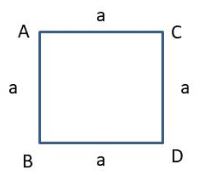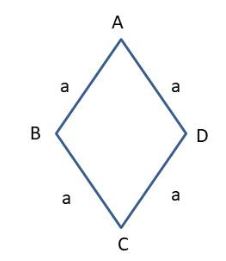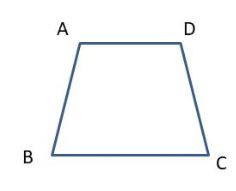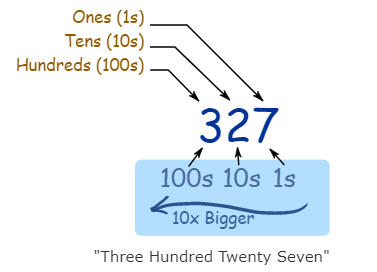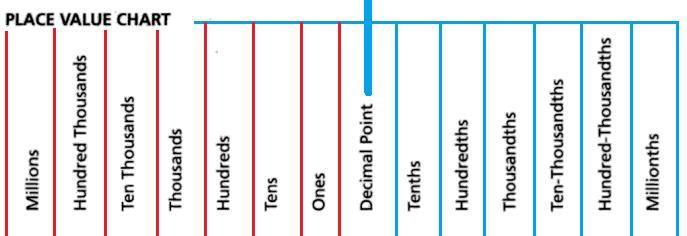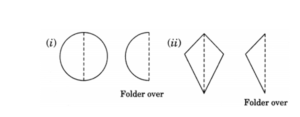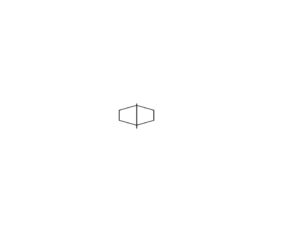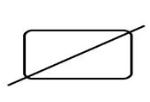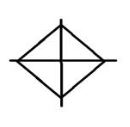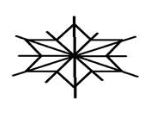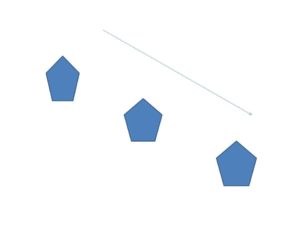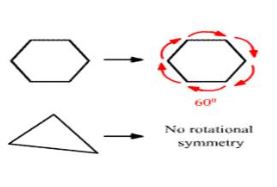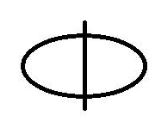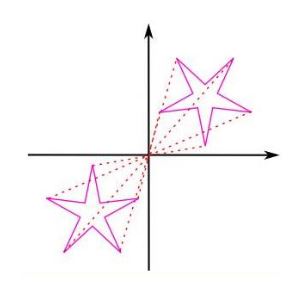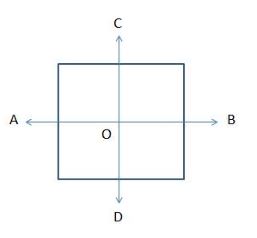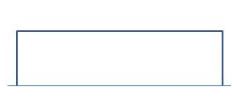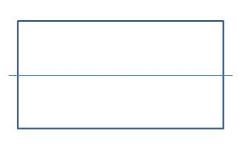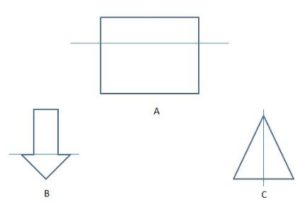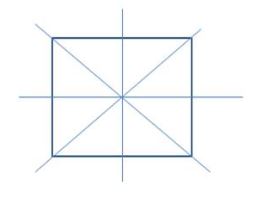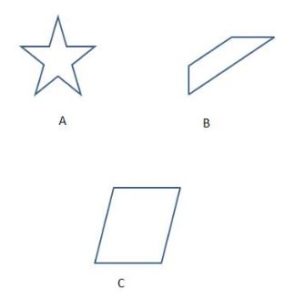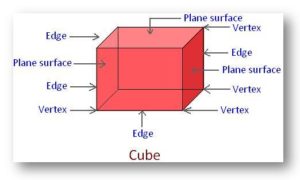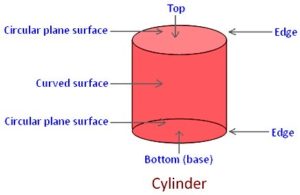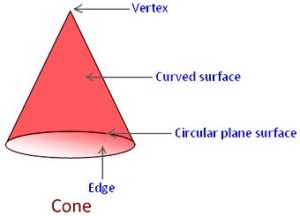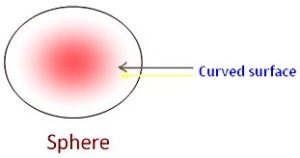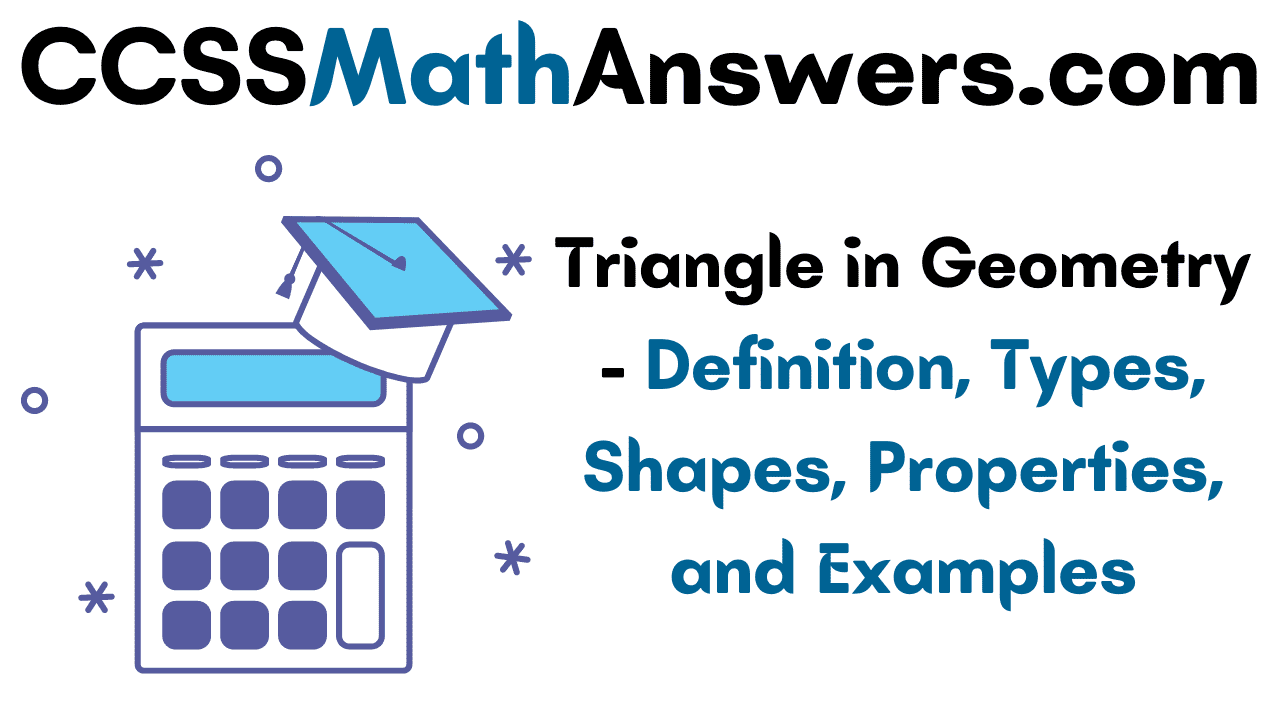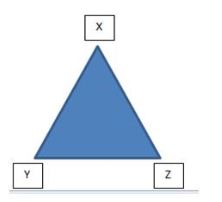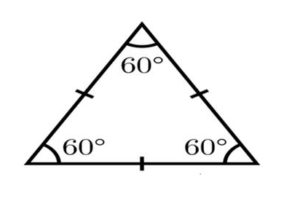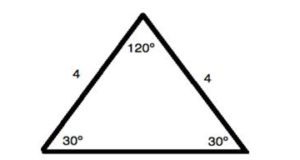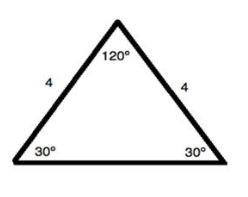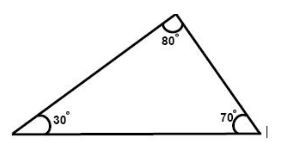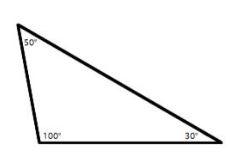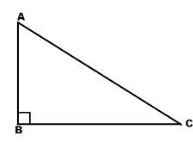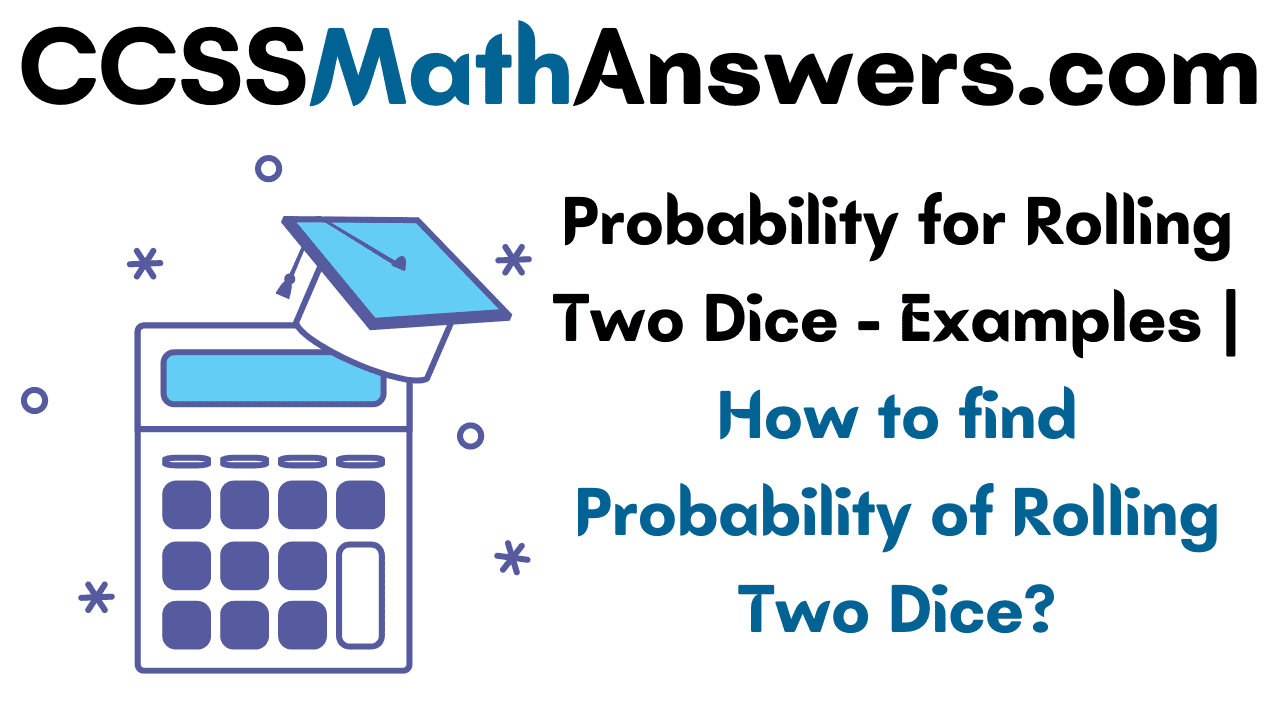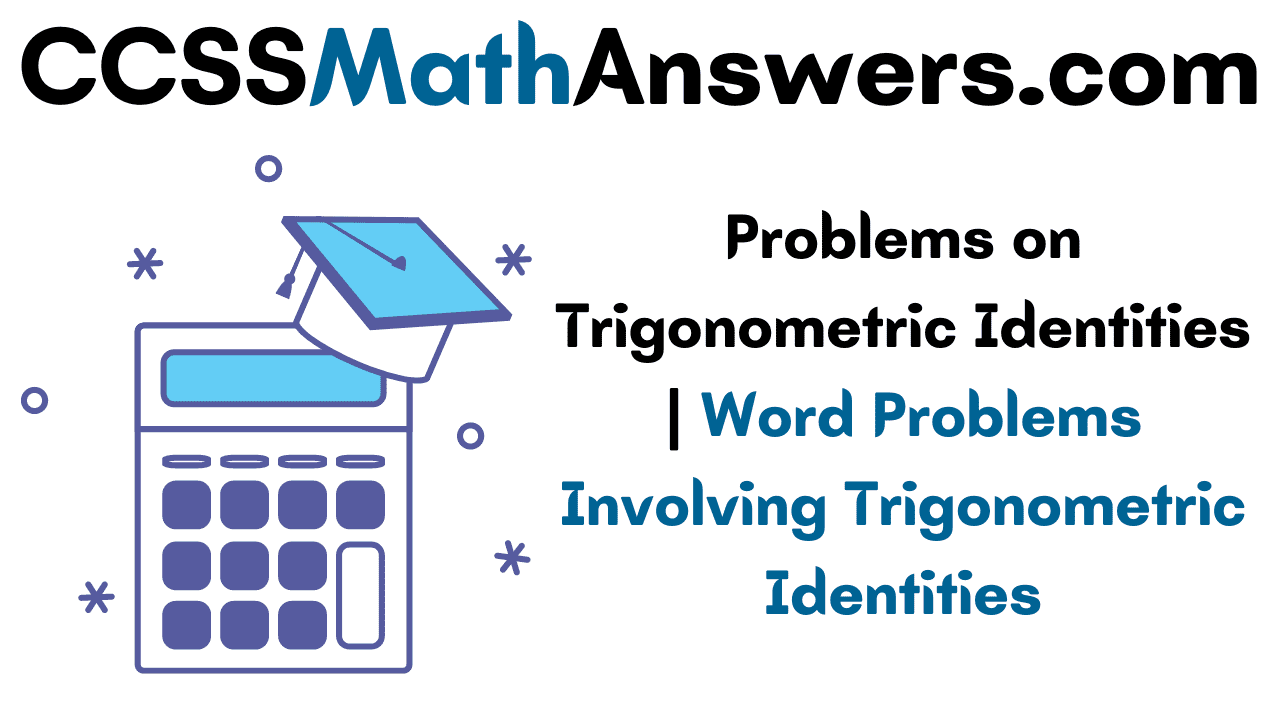Engage NY Eureka Math 3rd Grade Module 2 Lesson 8 Answer Key
Eureka Math Grade 3 Module 2 Lesson 8 Problem Set Answer Key
Question 1.
Tim goes to the market to buy fruits and vegetables. He weighs some string beans and some grapes.

List the weights for both the string beans and grapes.
The string beans weigh _____________ grams.
The grapes weigh _____________ grams.
Answer:
The string beans weigh 464 grams.
The grapes weigh 355 grams.
Question 2.
Use tape diagrams to model the following problems. Keiko and her brother Jiro get weighed at the doctor’s office. Keiko weighs 35 kilograms, and Jiro weighs 43 kilograms.
a. What is Keiko and Jiro’s total weight?
Keiko and Jiro weigh __________ kilograms.
Answer:
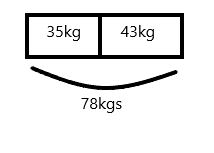
Explanation:
Keiko and her brother Jiro get weighed at the doctor’s office. Keiko weighs 35 kilograms, and Jiro weighs 43 kilograms.
Add 35 and 43
35+43=78kgs
Therefore, Keiko and Jiro weigh 78 kilograms
b. How much heavier is Jiro than Keiko?
Jiro is __________ kilograms heavier than Keiko.
Answer:

Explanation:
Keiko weighs 35 kilograms, and Jiro weighs 43 kilograms.
Subtract 35 from 43
43-35=8kgs
Therefore, Jiro is 8 kilograms heavier than Keiko
Question 3.
Jared estimates that his houseplant is as heavy as a 5-kilogram bowling ball. Draw a tape diagram to estimate the weight of 3 houseplants.
Answer:
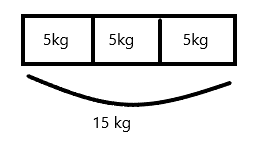
Explanation:
If weight of 1 house plant is 5kg then weight of 3 houseplants will be 5 x 3=15 kg.Therefore the weight of 3houseplants is 15kg.
Question 4.
Jane and her 8 friends go apple picking. They share what they pick equally. The total weight of the apples they pick is shown to the right.
a. About how many kilograms of apples will Jane take home?
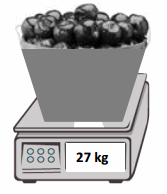
Answer:

Explanation:
Jane and her 8 friends go apple picking. They share what they pick equally.
There are 27kgs of apples in the weighing balance.
divide 27 kgs of apples with 9 people
27/9=3
Therefore, Jane will take about 3kgs of apples home
b. Jane estimates that a pumpkin weighs about as much as her share of the apples. About how much do 7 pumpkins weigh altogether?
Answer:
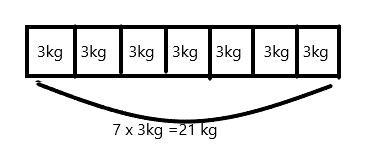
Explanation:
Jane estimates that a pumpkin weighs about as much as her share of the apples.Jane’s share of apples is 3kg.If each pumpkin weighs 3 kgs then the weight of 7 pumpkins will be
7 x 3=21 kg.
Therefore 7 pumpkins weigh 21kgs altogether.
Eureka Math Grade 3 Module 2 Lesson 8 Exit Ticket Answer Key
The weights of a backpack and suitcase are shown below.
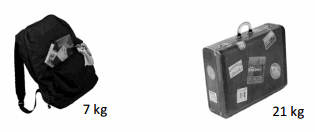
a. How much heavier is the suitcase than the backpack?
Answer:
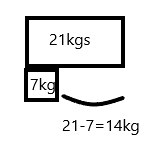
Explanation:
The weight of suitcase is 21 kg but weight of backpack is 7 kg.So, subtract 7 from 21.
21-7=14
Therefore, the suitcase is 14 kg more than the backpack.
b. What is the total weight of 4 identical backpacks?
Answer:
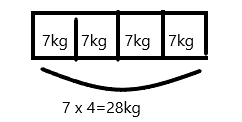
Explanation:
If the weight of each backpack is 7 kgs then the weight of 4 such backpacks will be 7 x 4=28kgs
Therefore, total weight of 4 identical backpacks is 28kgs.
c. How many backpacks weigh the same as one suitcase?
Answer:
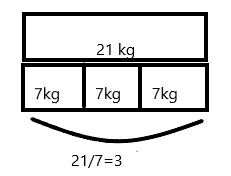
Explanation:
The weight of suitcase is 21 kg and weight of backpack is 7 kg.Divide weight of suitcase and weight of backpack.
21/7=3.
Therefore 3 backpacks weigh the same as one suitcase.
Eureka Math Grade 3 Module 2 Lesson 8 Homework Answer Key
Question 1.
The weights of 3 fruit baskets are shown below.

a. Basket ______ is the heaviest.
Answer:
Basket C is the heaviest as it has fruits of 16kgs.
b. Basket ______ is the lightest.
Answer:
Basket B is the lightest as it has fruits of 8kgs.
c. Basket A is __________ kilograms heavier than Basket B.
Answer:
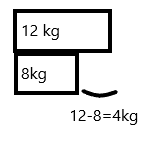
Explanation:
Weight of Basket A is 12kgs and Basket B is 8kgs.Subtract 8 from 12.
12-8=4
Therefore, Basket A is 4 kilograms heavier than Basket B.
d. What is the total weight of all three baskets?
Answer:
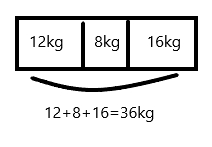
Explanation:
Add the weights of all the 3 baskets
12+8+16=36kgs
Therefore, the total weight of all three baskets is 36kgs.
Question 2.
Each journal weighs about 280 grams. What is total weight of 3 journals?
Answer:
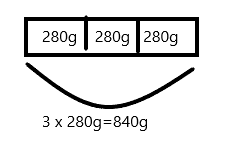
Explanation:
If each journal weighs about 280 grams then total weight of 3 journals will be 3 x 280g=840g
Therefore, weight of 3 journals is 840grams.
Question 3.
Ms. Rios buys 453 grams of strawberries. She has 23 grams left after making smoothies. How many grams of strawberries did she use?
Answer:
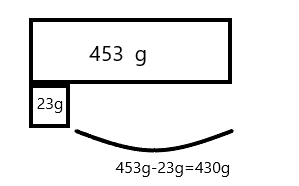
Explanation:
Ms. Rios buys 453 grams of strawberries. She has 23 grams left after making smoothies.Subtract 23g from 453 is 453-23=430
Therefore, Ms. Rios used 430 grams of strawberries.
Question 4.
Andrea’s dad is 57 kilograms heavier than Andrea. Andrea weighs 34 kilograms.
a. How much does Andrea’s dad weigh?
Answer:

Explanation:
Andrea’s dad is 57 kilograms heavier than Andrea.If Andrea weighs 34 kilograms then her fathers weight is 34+57=91kgs.
b. How much do Andrea and her dad weigh in total?
Answer:
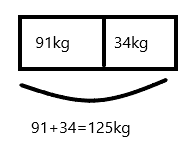
Explanation:
The weight of Andrea is 34kgs and weight of Andreas father is 91kgs.Add 91 and 34
91+34=125kg
Therefore, Andrea and her dad weigh 125kgs in total.
Question 5.
Jennifer’s grandmother buys carrots at the farm stand. She and her 3 grandchildren equally share the carrots. The total weight of the carrots she buys is shown below.
a. How many kilograms of carrots will Jennifer get?
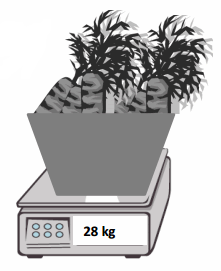
Answer:
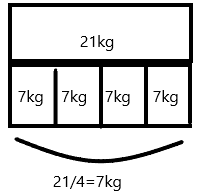
Explanation:
Jennifer’s grandmother buys carrots at the farm stand. She and her 3 grandchildren equally share the carrots.She buys 28kgs of carrots.
Her share of carrots is 28/4=7kgs.
Therefore, jennifer gets 7 kilograms of carrots.
b. Jennifer uses 2 kilograms of carrots to bake muffins. How many kilograms of carrots does she have left?
Answer:
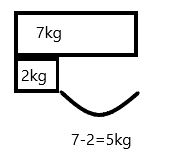
Explanation:
Jennifer gets 7 kilograms of carrots.
If Jennifer uses 2 kilograms of carrots to bake muffins then she will be left with 7-2=5kgs
Therefore, 5 kilograms of carrots she have left.
